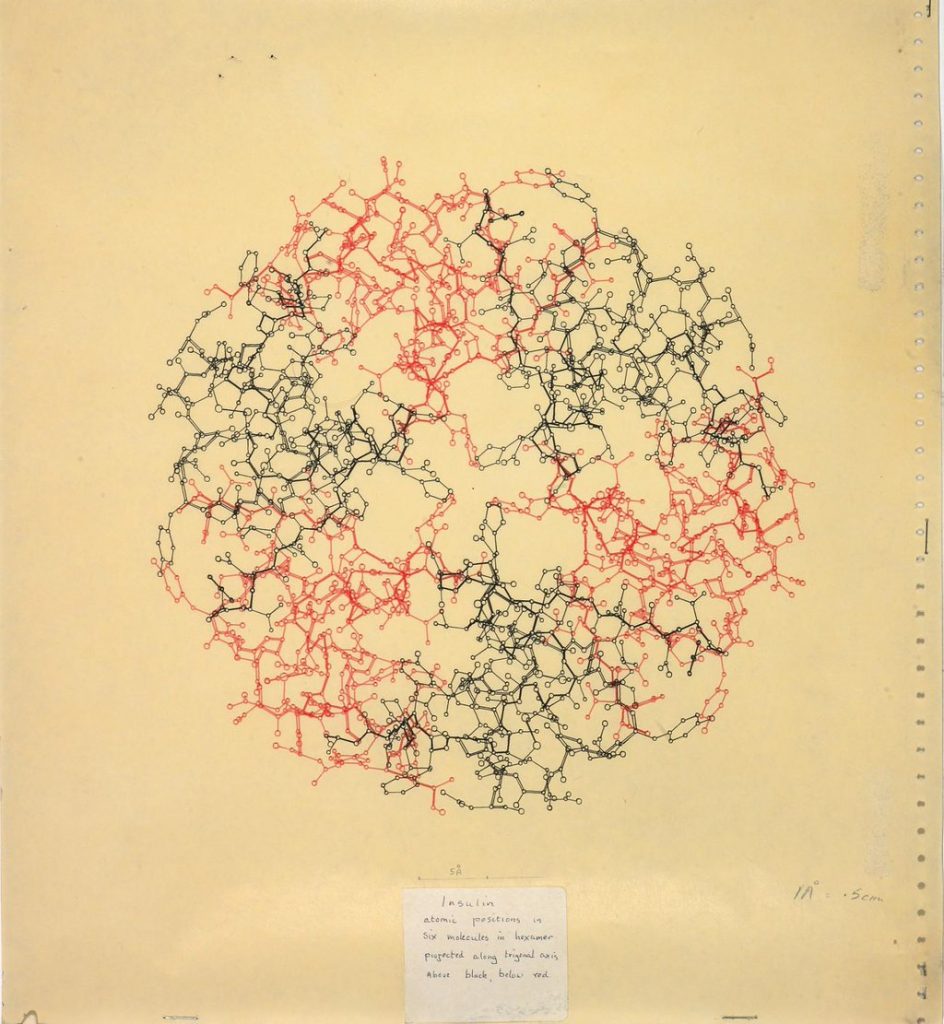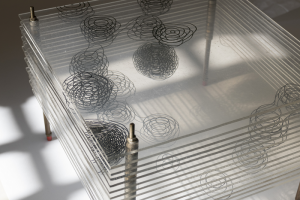MHS Inspires Innovative Merchandising
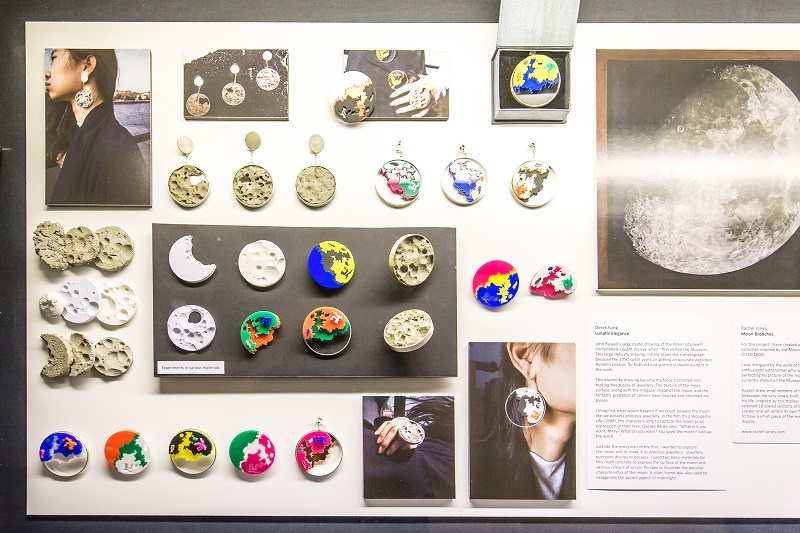
Lunatic Elegance by Derek Kang
Chris Parkin (Education Officer) talks about the Museum’s new shop project with Banbury College of Art and Design (Oxford Brookes), and the Royal College of Art (RCA).
**
Many of our visitors will have noticed the exciting new development that is the MHS shop ingeniously located beneath the old staircase. The shop has begun to stock bespoke merchandise which reflects the beauty and mystery of unique objects in the collection.
Such was the source of inspiration for two groups of creative art and design students from Banbury College of Art and Design (Oxford Brookes), and the Royal College of Art (RCA), who were involved in a project initiated by the Museum’s education department to develop innovative product designs for the Museum’s shop.
After initial research visits to the Museum in which the students were treated to interactive highlight tours, the students were set a brief to develop proposals for new merchandise.
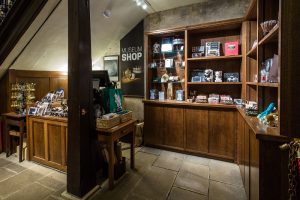 The students returned in January for a study day in which they were introduced to the Museum’s shop, attended a fascinating lecture on museum retail given by the Ashmolean’s commercial director, Lycia Lobo, and were treated to a tour of the shop at the Old Fire Station.
The students returned in January for a study day in which they were introduced to the Museum’s shop, attended a fascinating lecture on museum retail given by the Ashmolean’s commercial director, Lycia Lobo, and were treated to a tour of the shop at the Old Fire Station.
In March the students braved a Dragon’s Den event, hosted by the Museum, in which they had the opportunity to pitch their product proposals to a daunting panel of five museum professionals including the museum’s director, Dr Silke Ackermann.
What did the students think?
Students had clearly relished the opportunity to develop their own unique lines of enquiry. Chris Massey (RCA) explained how he began by exploring the physical function and light mechanics of a traditional spectroscope, and related those to modern gemstone faceting techniques, the resulting optics of jewellery and finally to branded colours.
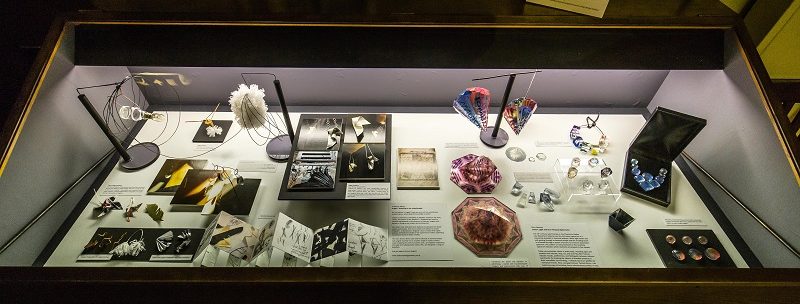 “This research has been a perfect bridge to continuing my work in these areas and has helped expand the ways in which I consider our relationship to light, optics and our surroundings today.”
“This research has been a perfect bridge to continuing my work in these areas and has helped expand the ways in which I consider our relationship to light, optics and our surroundings today.”
Anthony Wong (RCA) was captivated by the story of John Dee’s Holy Table, his belief in Angels, and quest to communicate with these supernatural entities: “It provoked questions on belief and sparked new ideas, whilst exhibiting gave me the chance to show something of the thought and design process, culminating in a new jewellery collection.”
Rachel (RCA) was stimulated by the sheer diversity of the museum’s collection: “Being able to explore and investigate objects of such historical importance from the Museum’s Collection was an exciting prospect when approaching this project; From pastel drawings and globes to magnifying glasses and sextants, the vast collection meant it was difficult to choose one as a starting point.”
The project’s academic impact.
Louise Williamson, the course lecturer from Banbury College of Art and Design, delighted in the opportunities that her students had been given and the positive outcomes of the project. Indeed, the experience has led her and colleagues to consider the possibility of developing a new module for a course in illustration currently proposed at Oxford Brookes focusing on commercial innovation. The project has led her to think more about how contrasting models of small batch production and mass production can sit together in the retail setting.
Tony Hayward, a lecturer in jewellery design at the RCA commented, “The feedback and questioning from the panel in the final presentation was encouraging; and to exhibit as a culminating show of our work was very useful, and brought the project to a satisfying conclusion,” whilst Louise Williamson, the course lecturer from Banbury College commented, “This is an amazing opportunity for the students and the course.”
The project has been so successful that, following the ‘Dragon’s Den’ style finale, several of the proposals were selected for commercial development including an ingenious Tangram puzzle (Hayley Ash), a unique set of greetings cards featuring unusual objects from the collection (Joanne Woodward), and a collection of high end silver jewellery (Anthony Wong).
Christopher Parkin, Lead Education Officer at the Museum, commented “This has been a very exciting project not only for the students but for all the staff at the museum who have been involved witnessing the extraordinary range and imagination of the students’ work and their response to the collection.”
Over the summer months there will be a changing display of the students’ work in the library cabinets in the basement gallery.
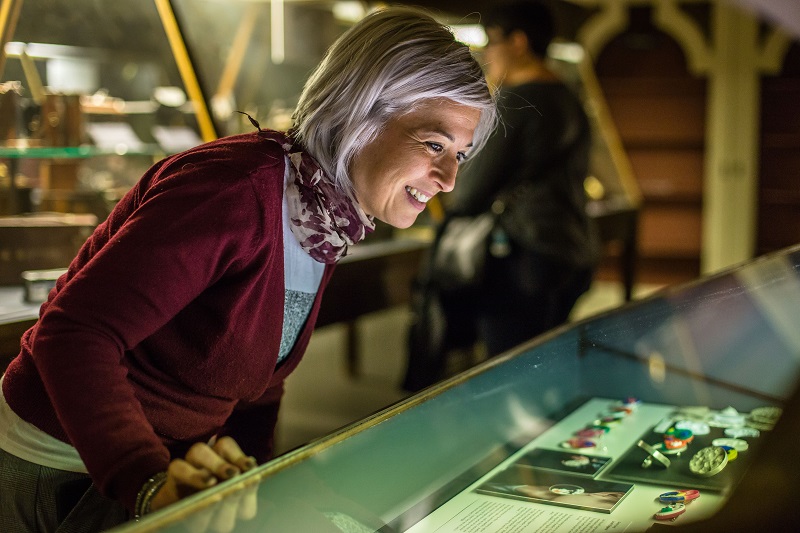
Follow the Students
Royal College of Art
Science to Studio: Exploring the history of science to create new and innovative design
View the students’ project blog here
View the students’ Instagram page here
Banbury and Bicester College
View the students’ Facebook page here
View the students’ Twitter feed here

